Land for indoor flowers: types and preparation
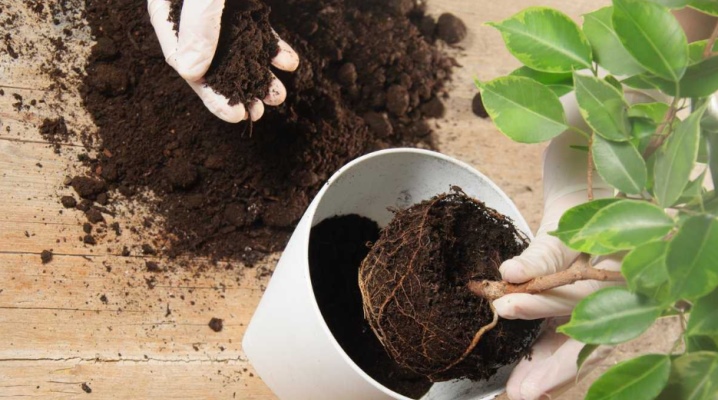
The health, appearance and well-being of indoor plants largely depend on the conditions of their maintenance. In addition to the indoor air temperature, illumination, irrigation and fertilizing regime, carried out in accordance with the requirements of the grown crop, the composition and quality of the soil are of great importance. What is the best soil for indoor flowers? What components are included in the store soil mixtures? How to prepare a soil mixture with your own hands?
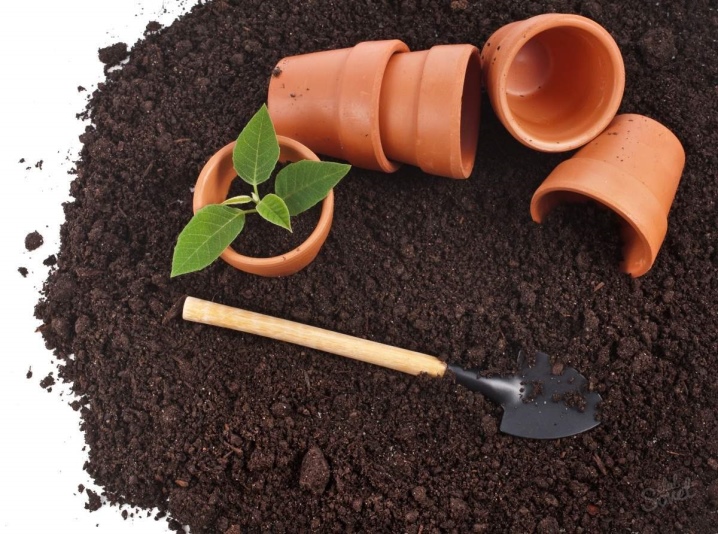
Main components
Experienced growers argue that ordinary garden land is not suitable for growing indoor flowers. The content of nutrients, micro- and macroelements in it is very low. In addition, it rarely has the required degree of moisture and air permeability.
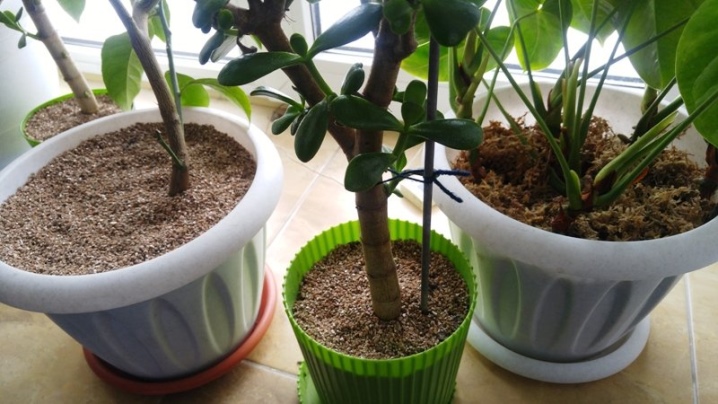
In the manufacture of factory soil mixtures for indoor plants, modern manufacturers use various components of predominantly organic origin... The same components are also used by amateur flower growers who prefer to prepare the soil for green pets with their own hands.

Below is a list of the components that are most often used in the manufacture of factory and homemade soil mixtures for home plants.
Sod
Such soil is one of the basic ingredients of universal and special soil mixtures. It is a removed top soil layer mixed with rotted horse or cow manure.
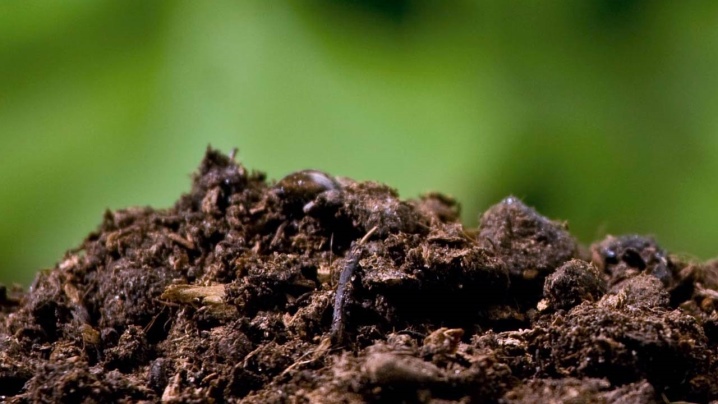
Deciduous
Leaf humus is a homogeneous earthy mass formed as a result of foliage decomposition. It is one of the basic components of complex soil mixtures used in indoor and greenhouse plant growing.
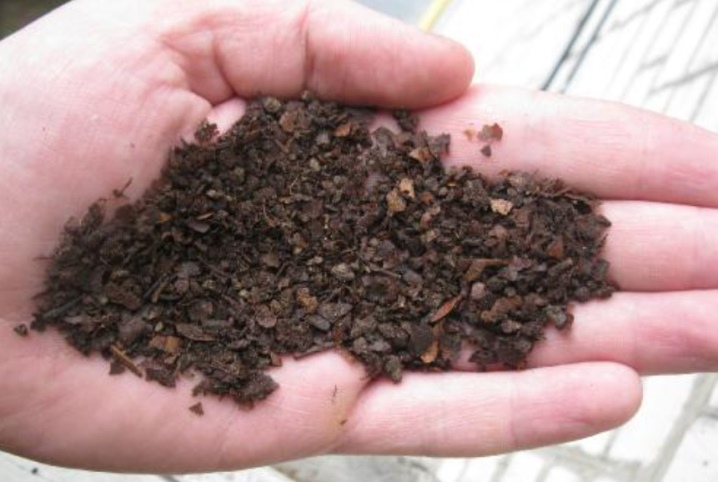
Sand
This is a finely dispersed loose rock that improves the moisture and air permeability of the soil mixture. For the preparation of loose earthen mixtures, flower growers usually use coarse river, lake or quartz aquarium sand.
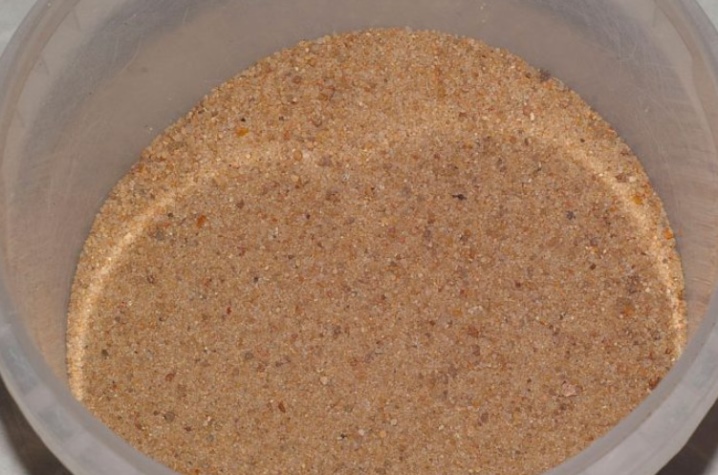
Humus
The surface layer of the soil, consisting of decomposed residues of plant and animal origin. It is used by flower growers to enrich the soil mixture with organic matter.

Peat
Loose rock of organic origin, formed from undecomposed plant residues (foliage, wood, needles, moss) in conditions of high humidity and limited air flow. In indoor floriculture, a high peat layer is usually used, less often a low one. This component allows you to enrich the earthen mixture with organic substances, improve its moisture and air permeability.
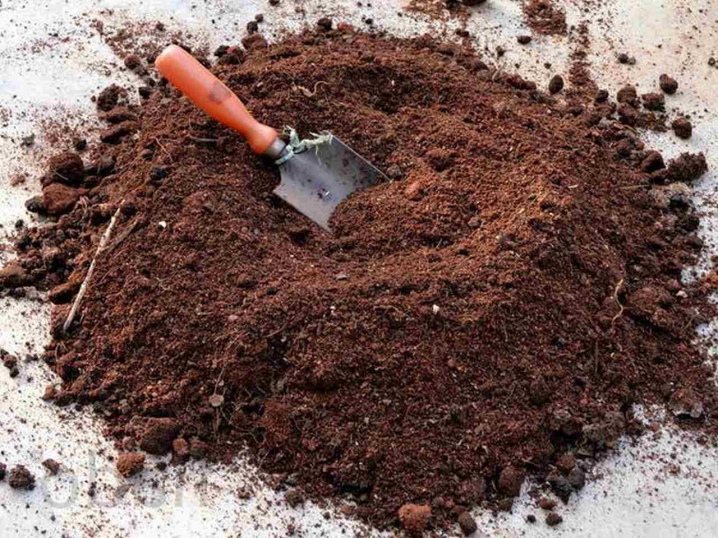
Charcoal
A product resulting from the thermal decomposition (pyrolysis) of wood. The presence of this component in the soil mixture improves its drainageand also reduce the likelihood of developing fungal infections in indoor flowers due to stagnant water in the pot.
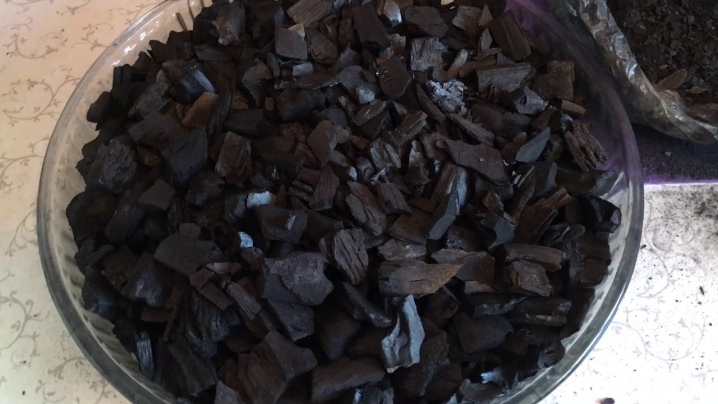
Coconut fiber
Moisture-intensive and environmentally friendly component of natural origin, often used for the preparation of very loose, airy substrates. It is a bundle of long elastic fibers obtained from the intercarp of coconuts.
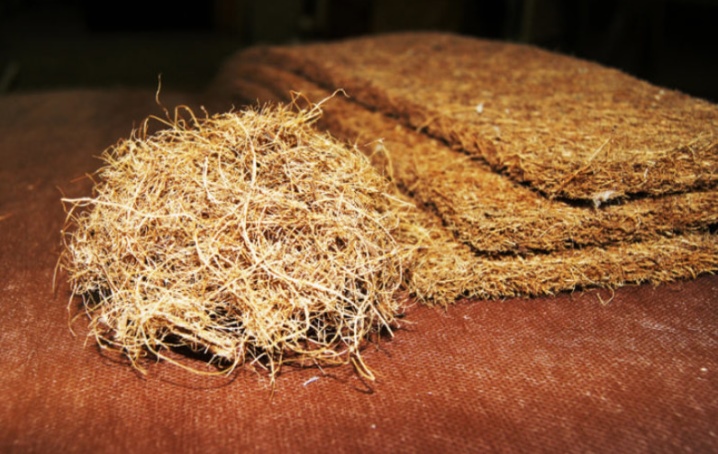
Sphagnum
A variety of mosses that grow in the wild in raised bogs. Dried sphagnum moss has absorbing and bactericidal properties. The presence of this component in the soil mixture can significantly reduce the risk of developing bacterial diseases of the root system in domestic plants.
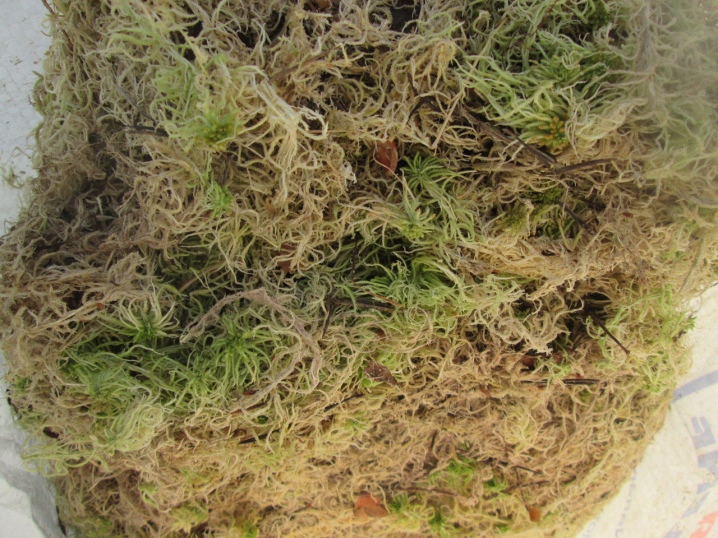
Criterias of choice
When choosing a soil mixture for indoor flowers, one should proceed from the type, characteristics and characteristics of the crops grown. At the same time, regardless of the type and varietal characteristics of plants, the soil acquired for them must comply with a number of general and mandatory criteria.
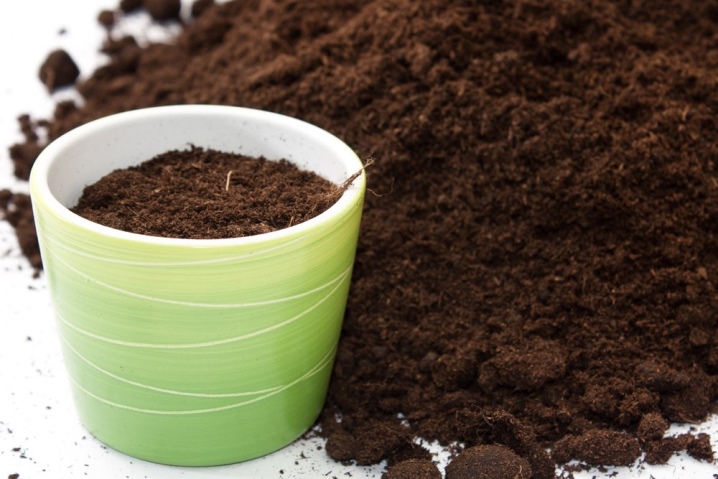
These include:
- absence of debris, stones, impurities, large plant fragments, weed seeds and fungal spores;
- absence of soil parasites and insect pests;
- loose and homogeneous structure;
- balanced content of nutrients (nitrogen, phosphorus, potassium);
- the level of acidity corresponding to the type of plant.
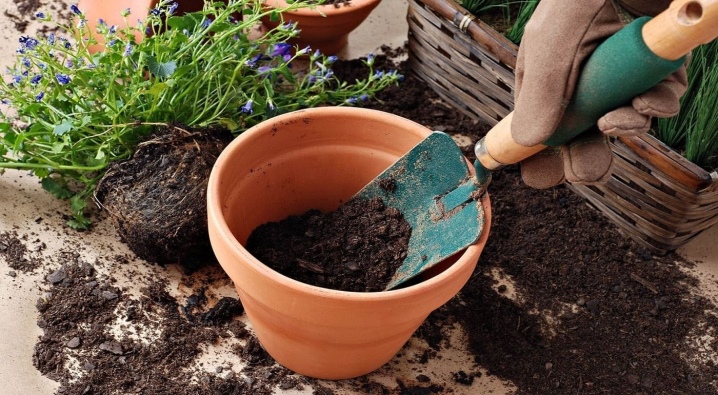
When buying a factory soil mixture, you should pay attention to its shelf life. Depending on the composition of the mixture, this figure can vary from 1 to 3 years.
A high-quality soil mixture should not have an unpleasant odor. Spoiled caked soil will have a noticeable musty or putrid odor.
In some cases, there may be traces of mold or salt deposits on the surface of a spoiled earth mix. It is categorically impossible to use such a soil. A good quality soil mixture usually has a homogeneous, loose texture. Large earth lumps, stones, chips, plant debris - all this indicates the low quality of the factory soil.
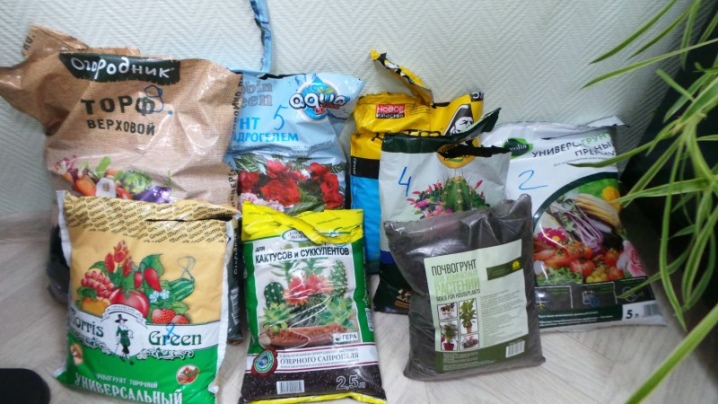
The choice of universal soil
The most popular with novice florists is a universal soil suitable for growing most ornamental flower crops. Universal soil mixtures are made on the basis of peat (high-moor and lowland) and sand. Auxiliary ingredients in their composition can be complex mineral fertilizers, perlite, dolomite flour. The acidity level of universal soils varies in the range of 6-7 pH.
Experienced flower growers recommend purchasing this type of soil for growing geraniums, cyperuses, dieffenbachia, begonias, ficuses, and various types of palms.
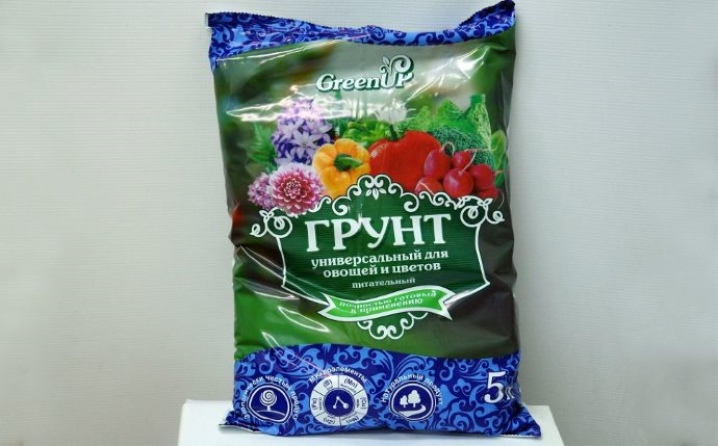
Special soil mixtures
Separate groups of indoor flowers have specific requirements for the acidity of the soil mixture and its composition. When grown in universal soil, such plants will develop worse and rarely bloom. (or they will not bloom at all).
The supply of nutrients in universal soil mixtures is rather limited, therefore in some cases it is better to give preference to specialized enriched soils with certain acidity parameters.
Most houseplant species prefer neutral to moderately acidic soils. Plants that prefer acidic soils include ferns, decorative mosses, and some varieties of chrysanthemums. Below is a selection of soil mixtures for various groups of popular houseplants.
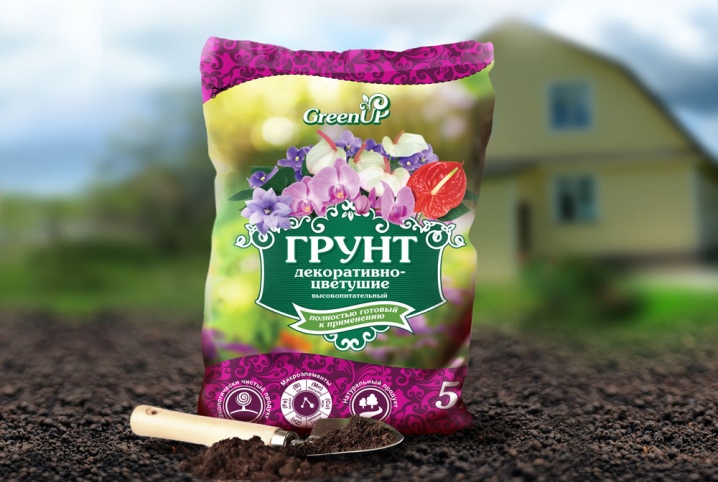
For succulents
When choosing a soil for succulents, it is worth considering loose mixtures based on sod, leafy earth, sand and charcoal. Complex mineral fertilizers, fine-fraction drainage material can be used as auxiliary components in such mixtures. Indicators of acidity of soil mixtures for succulents usually vary in the range of 5.5-6.5 pH. Mixtures with a similar composition and acidity are recommended for growing succulent plants - Decembrists, faucarias, lithops, stonecrops, Kalanchoe.
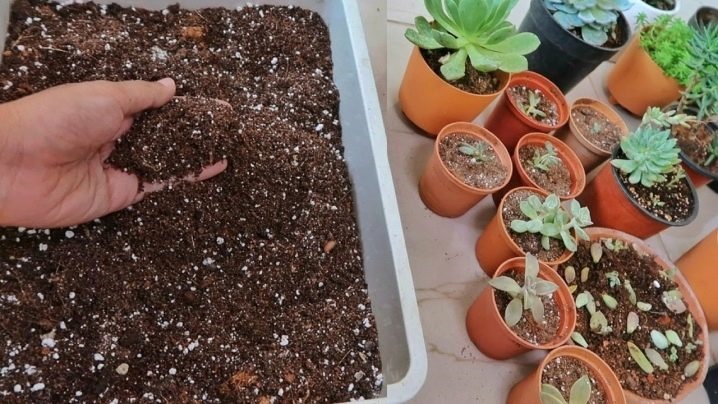
For indoor ferns
When choosing a soil mixture for ferns, it should be borne in mind that these plants require neutral or moderately acidic soil (about 5.5 pH). Factory fern soil mixtures usually contain peat soil, sod, leafy soil, sand and humus. When buying soil, it is important to evaluate its lightness, drainability, and flowability.
It should be borne in mind that ferns take root and grow exclusively in light, air- and moisture-permeable soils.
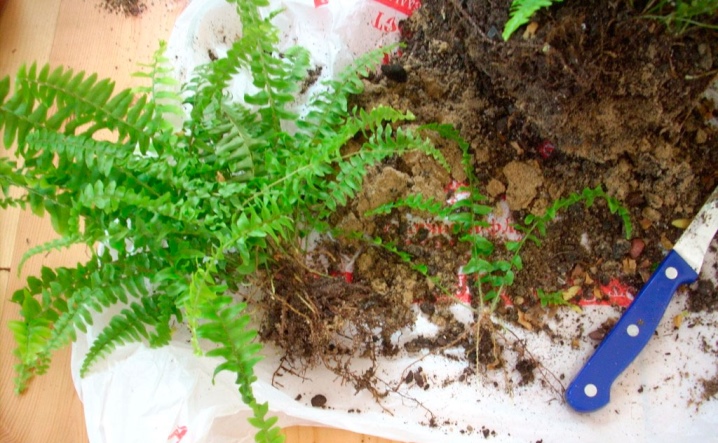
For uzambar violets
The basic ingredient of soil mixtures for Saintpaulias is usually high moor peat. Modern manufacturers supplement it with organic substrates, natural structuring components, nutrients - dolomite flour, sand, sphagnum, complex mineral fertilizers, vermicompost. The acidity indicators of such soil mixtures usually vary in the range of 5.4-6.6 pH. In addition to uzambara violets, soil mixtures with such characteristics are also suitable for many other decorative flowers - campanuli, anthuriums, cyclamens.
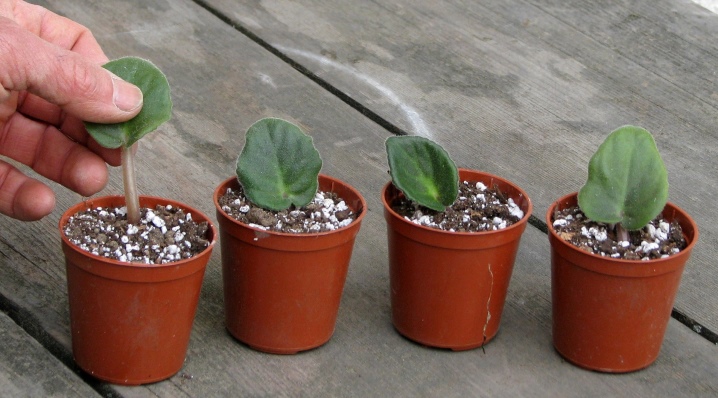
For orchids
Orchids are representatives of exotic flora, for the cultivation of which growers use a substrate. It is a special mixture of dissimilar ingredients that provide an influx of nutrients, moisture and oxygen to the fragile roots of exotic plants. Typically, such substrates include peat, sphagnum moss or coconut fiber, conifer bark, and crushed charcoal. Vermicompost and sapropel extract can be used as auxiliary components in such substrates.
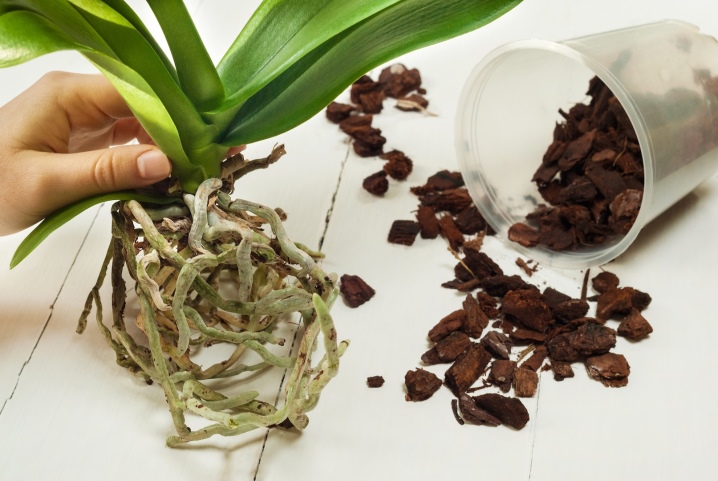
How to disinfect?
Before planting the plants, the soil mixture must be disinfected. For do-it-yourself mixtures, disinfection is a mandatory procedure. Experienced flower growers strongly recommend that factory mixtures be disinfected in order to completely eliminate the risks associated with possible infection of plants in the future. For the disinfection of soil mixtures, the following methods are usually used:
- processing with a solution of potassium permanganate;
- boiling water treatment;
- roasting in the oven.

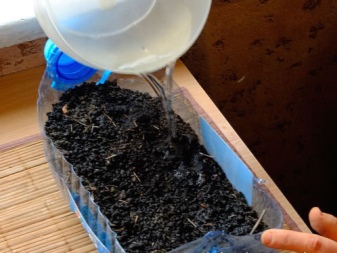
When processing a soil mixture with potassium permanganate, a hot solution of moderate concentration is used. They carefully spill a container with an earthen mixture, trying to soak it to its full depth. In the absence of potassium permanganate at home, it is allowed to process the soil mixture with ordinary boiling water. This procedure is recommended to be performed in 2-3 approaches at a time.
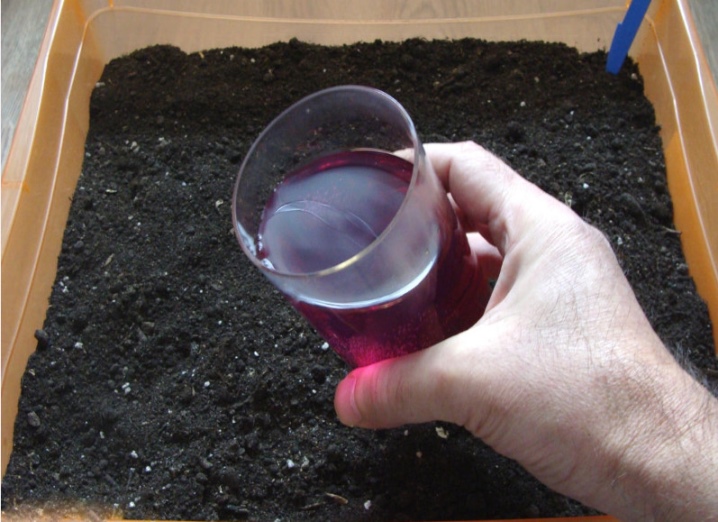
You can also sterilize the potting mix in a hot oven. However, in this case, it should be borne in mind that during this procedure, not only pathogenic bacteria are destroyed, but also useful components that make up the soil. It is advisable to resort to this method only as a last resort. It is recommended to disinfect the soil mixture in the oven at a temperature of 150-180 ° C for 30-40 minutes. For convenience, the earthen mixture can be placed in a baking sleeve or laid in an even layer on a baking sheet covered with parchment.
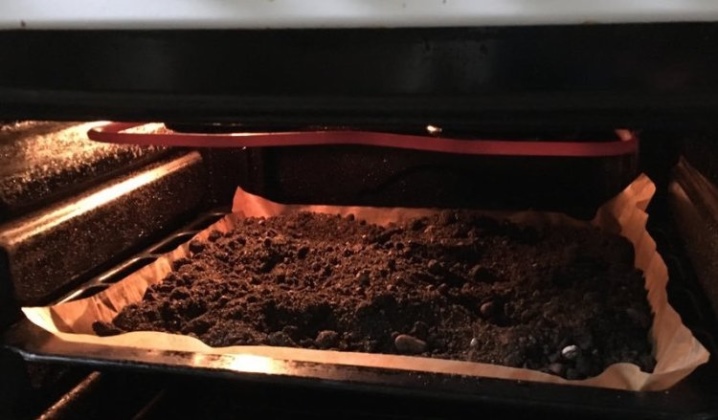
Home cooking
Despite the impressive selection of factory soils offered in modern stores, experienced flower growers prefer to prepare earthy mixtures for home flowers on their own. This approach allows you to prepare with your own hands a high-quality soil mixture that is optimally suitable for a specific indoor plant.
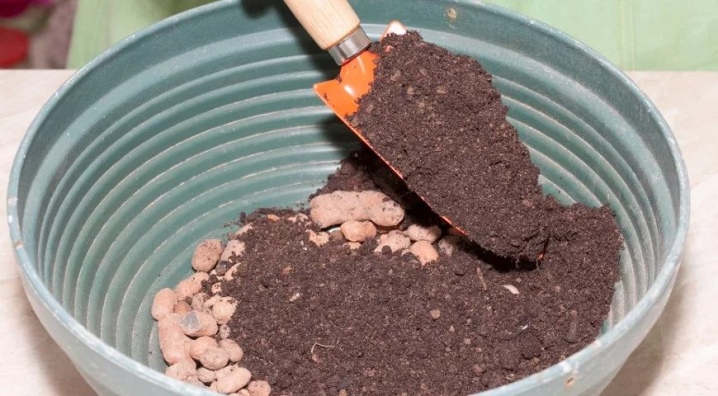
For its preparation, flower growers use both ready-made store components (peat soil, turf, perlite, vermiculite, coconut fiber) and components harvested with their own hands (garden soil, chernozem, forest coniferous or leaf humus, river sand, compost soil).
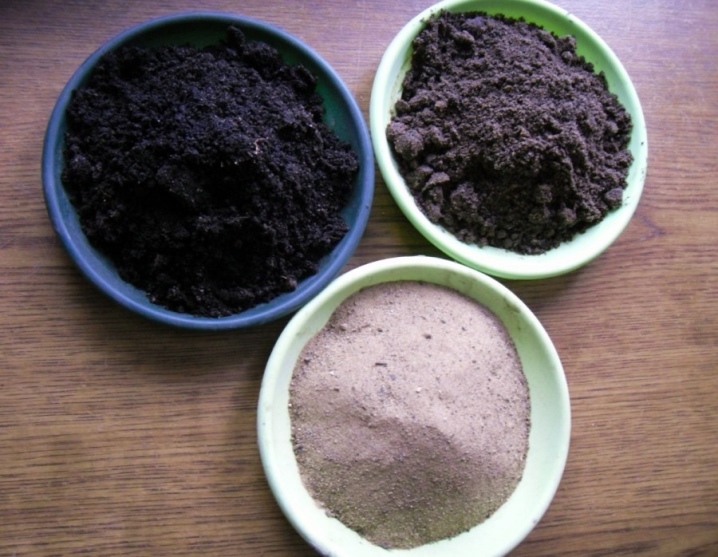
The basic components in home-made soil mixtures are usually high-moor peat, medium- or coarse-grained sand and garden fertile soil. They are mixed with various auxiliary ingredients taken in pre-calculated proportions. So, to prepare a universal mixture suitable for growing most types of indoor plants, experienced florists recommend taking the following components in the indicated proportions:
- peat or peat soil - 2 parts;
- garden soil and sand - 1.5 parts each;
- deciduous humus - 0.5 parts;
- vermiculite and crushed charcoal - 0.1-0.2 parts of each component.
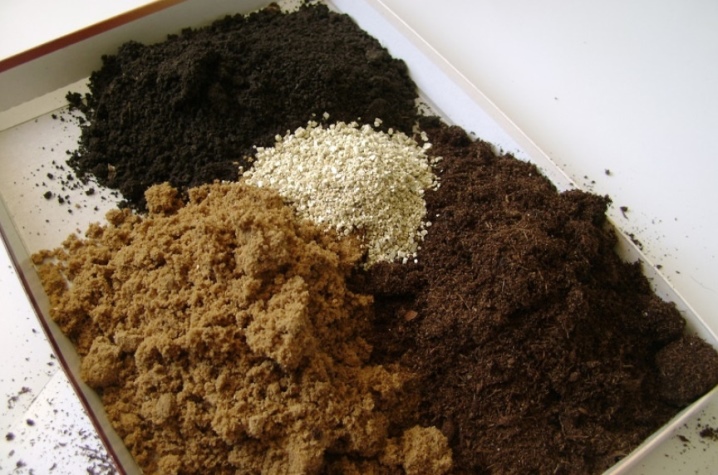
For plants that prefer light and well-drained soils, a soil mixture consisting of the following ingredients is best suited:
- peat soil - 3 parts;
- turf - 1.5 parts;
- garden land - 2 parts;
- river sand and humus - 1 part each;
- auxiliary components - coal, vermiculite, biohumus or humus earth.
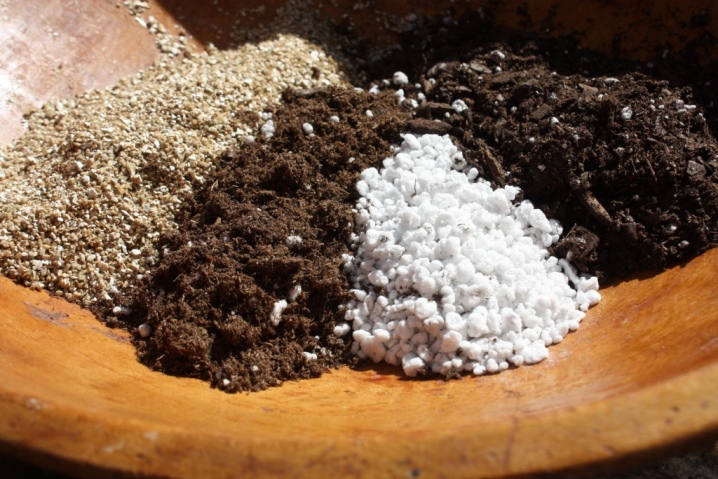
An earthen mixture prepared from the above ingredients is airy and loose. It is recommended for growing popular decorative perennials, as well as for rooting leaf and stem cuttings.
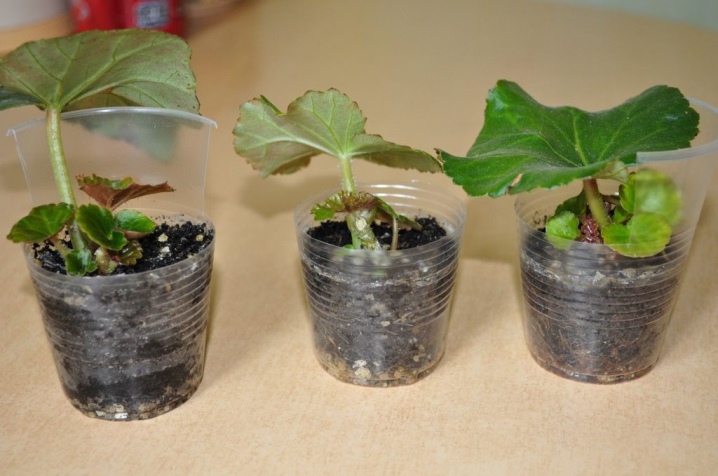
Some types of domestic plants (palms, lianas) prefer heavy and dense soils. At home, such soil mixtures can be prepared from the following ingredients:
- peat soil - 3 parts;
- fertile garden land and loose leafy land - 2 parts each;
- humus earth and sand - 1 part each;
- auxiliary ingredients - crushed conifer bark, coal, vermicompost.
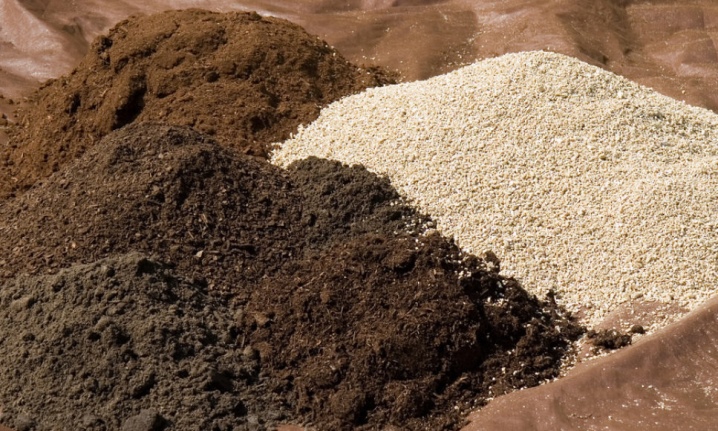
It is important to take into account that the introduction of organic matter and mineral fertilizers into the harvested soil mixture provides for adjusting the schedule for further fertilizing.
When growing an indoor flower in soil enriched with organic matter, micro- and macroelements, the breeder may not feed his pet for a year.
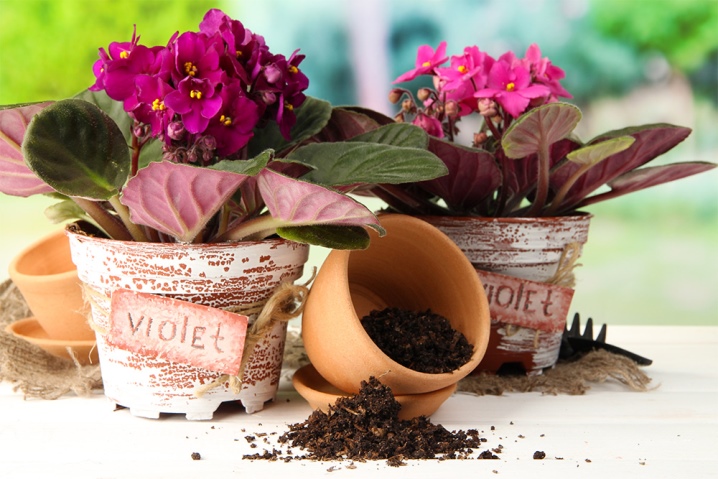
The following video presents a comparative analysis of universal packaged soil for indoor plants.































The comment was sent successfully.